Brewer’s yeast and sourdough are used for the preparation of bakery products (bread, pizza and cakes). Both guarantee a good leavening of the dough, but they have substantial differences: brewer’s yeast is easily available and quick to be used, but it has a deadline to be respected and it is less digestible. Sourdough, instead, gives incredible results, aromatic and fragrant taste, but it needs time and dedication.
But that’s not all. Let’s discover all the differences and characteristics!
Sourdough
Sourdough is made of 2 simple ingredients: water and flour. Its strength comes from the bacteria naturally present inside these two ingredients, which if left at room temperature, give life to the process of lactic fermentation. Its microflora is nourished by the nutrients which, combined with water, flour and heat, feed sourdough day after day.
Baked products leavened with sourdough have the following characteristics:
- Aroma and fragrance. Sourdough enhances the natural taste of leavened products, thanks to the production of the numerous volatile compounds formed during fermentation. In addition, its well-dimpled texture gives fragrance and lightness.
- Preservation. A bread with sourdough will keep longer, unlike beer yeast which, due to its alcoholic fermentation, hardens much faster.
- High digestibility. Sourdough performs pre-digestion. During the long leavening process, enzymes have more time to break down proteins, lipid and starch macromolecules into simple nutrients, guaranteeing the digestibility of the final product.
- Low Glycemic Index. Unlike products with brewer’s yeast, bacteria digest sugars, transforming them into other substances.
- Good tolerability for those who suffer from intestinal swelling. Sourdough is considered a probiotic that relieves intestinal swelling problems related to the consumption of leavened products. Unlike brewer’s yeast which amplifies leavening and causes bloating.
- Absorption of nutrients. Such as: calcium, magnesium, iron, zinc, antioxidants, folic acid and vitamin B.
Fresh and dry brewer’s yeast
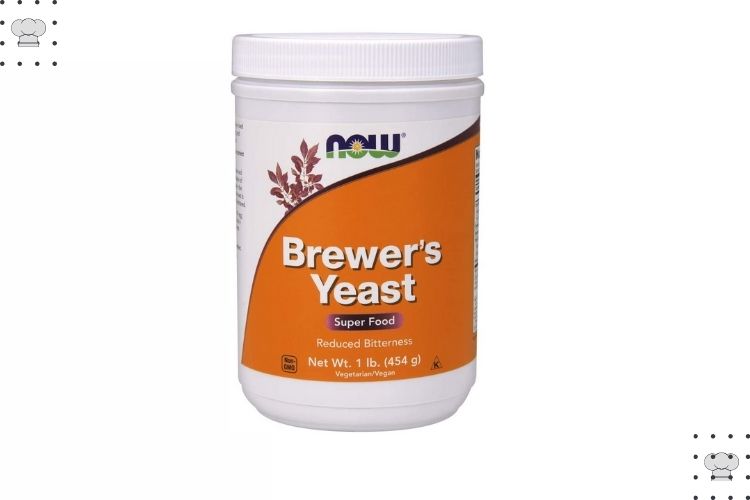
Fresh brewer’s yeast is sold in 25g loaves and can be easily found in any supermarket. It is defined as fresh because it is a “live” food, generated by unicellular microorganisms and it is subject to a higher perishability. It is important to keep it in a refrigerator and to respect the expiry date indicated on the package.
Fresh brewer’s yeast is dissolved in warm water and is added during the preparation. In few hours, thanks to the production of gas, it will increase the volume of the dough making it soft and honeycombed. Whereas, dry brewer’s yeast can be kept for a longer time, for about one year, and it can be used by adding it directly to the dry ingredients of our dough, or we can “reactivate” it in warm sugared water and add it to liquid ingredients. Its usage and leavening time is similar to that of fresh brewer’s yeast.
Proportions of fresh brewer’s yeast, dry brewer’s yeast and mother yeast
A 25 gram loaf of fresh brewer’s yeast corresponds to a 7 gram sachet of dry brewer’s yeast. The ratio is about 3:1, but if you want to get a more precise result you can follow the following formulas:
(grams of fresh yeast from the recipe) : 3.29 = grams of dry yeast
(grams of dry yeast in the recipe) x 3.29 = grams of fresh yeast
If you want to make a recipe in which there is brewer’s yeast, but you want to use your own sourdough, you can make this simple proportion, that is 25 grams of fresh brewer’s yeast = 300 grams of sourdough.
On the other hand if the recipe proposes sourdough and you want to use brewer’s yeast, the proportion remains the same, therefore 300 grams of sourdough is equal to one loaf of fresh yeast, but we should add 100 ml of water and 200 grams of flour in order to maintain the proportions of the recipe.

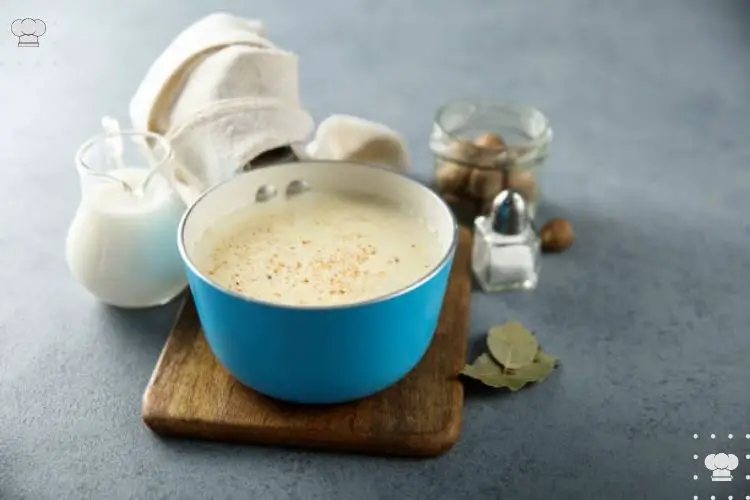
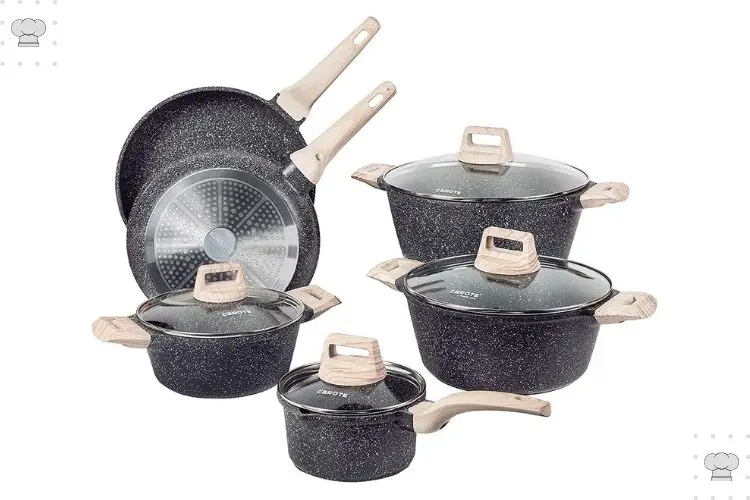
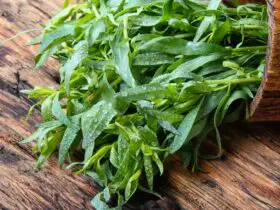

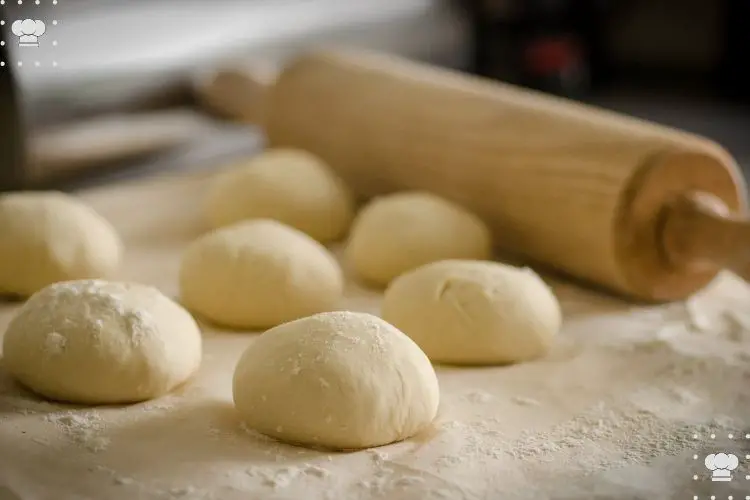
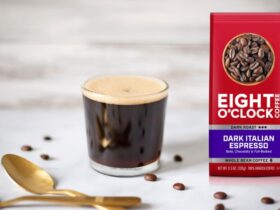
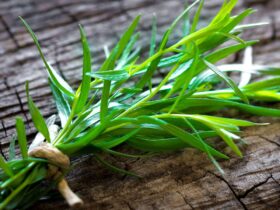

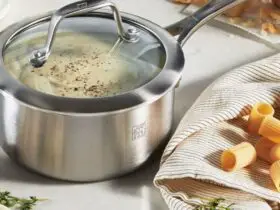

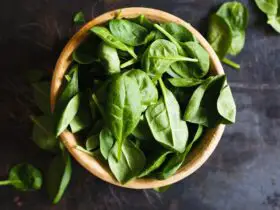
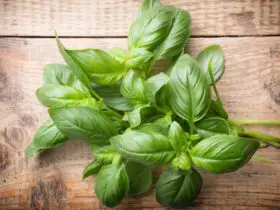
Leave a Reply